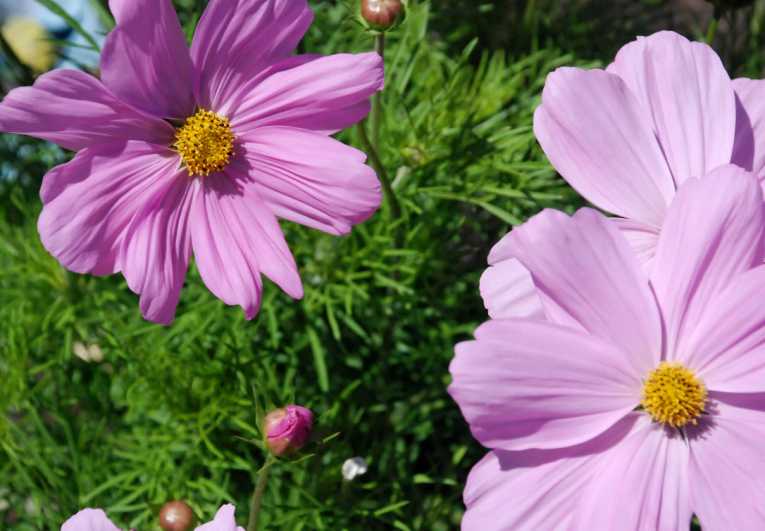Compost is natural fertilizer that transforms a garden by enriching flowers, shrubs and vegetables. Tomatoes grow bigger and sweeter, geraniums brighter, and bushes greener. If you choose to buy a 2 cu. ft. bag of compost at a nursery, plan on spending $6.00 to $10.00 per bag. Save money and enrich the environment by composting.
December is a great time to begin a compost heap in your back yard. It's also an expeditious way to save space in local garbage dumps. It is estimated that 25% of all dumps are filled with leaves, grass clippings, and food waste. Recycle that waste for your spring garden.
Here's a menu to follow of dry and wet garbage of browns and greens.
Browns (dry waste)
- sawdust - nut shells - leaves
- corn stalks - corn cobs - pine needles
- straw - hay - twigs
- newspapers and computer paper (shred first)
Greens (wet waste)
- egg shells - weeds - hair
- grass clippings - fruit waste - vegetable waste
- grains - spoiled food - coffee grounds
Use only vegetable matter to keep foraging animals away. Keep the pile balanced with greens and browns so not to let your compost heap get too wet. Greens add the necessary nitrogen to the pile. The brown material adds carbon to the mix. These two major components of your compost heap provide fast decomposition as well as rich compost.
You want to avoid needless odors, so follow these simple directions:
Composting Directions
Place compost in a 3-5 ft diameter heap in a sunny corner of your back yard.
Cover with dry leaves or hay when rainy and add water during dry spells.
Aerate with a pitchfork every 3-4 weeks.
If compost heap becomes taller than 5 feet, start a new one.
After several months of decomposing and with the assistance of sun, air, water, insects, worms, bacteria and fungi, your compost heap will be converted into rich black dirt.
This spring fertilize your vegetable garden, fruit trees, and hedges with compost. You'll save money, reduce the load at the city dump, and brighten the environment around your home.










